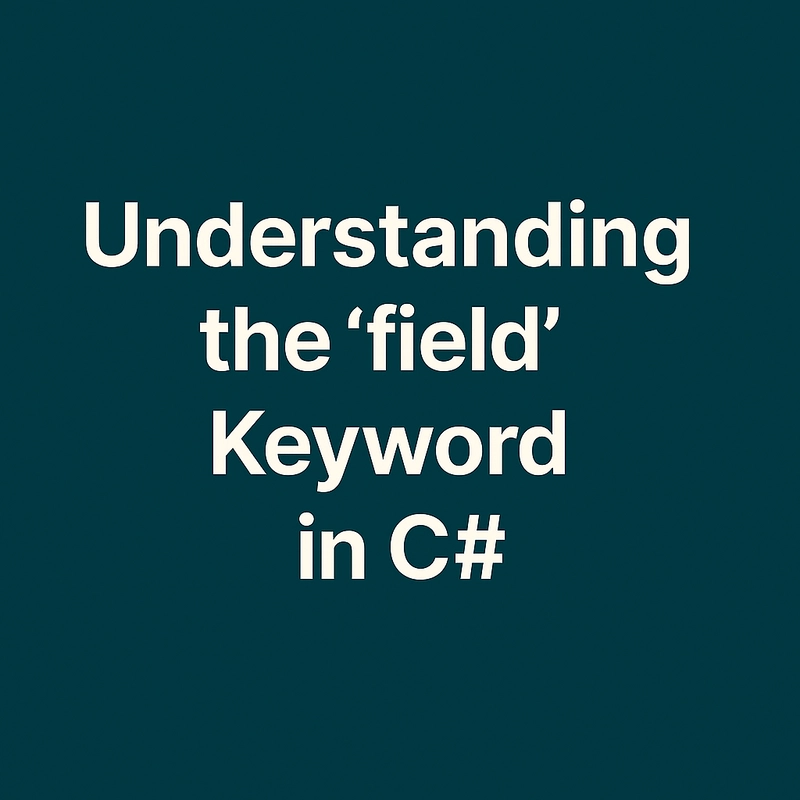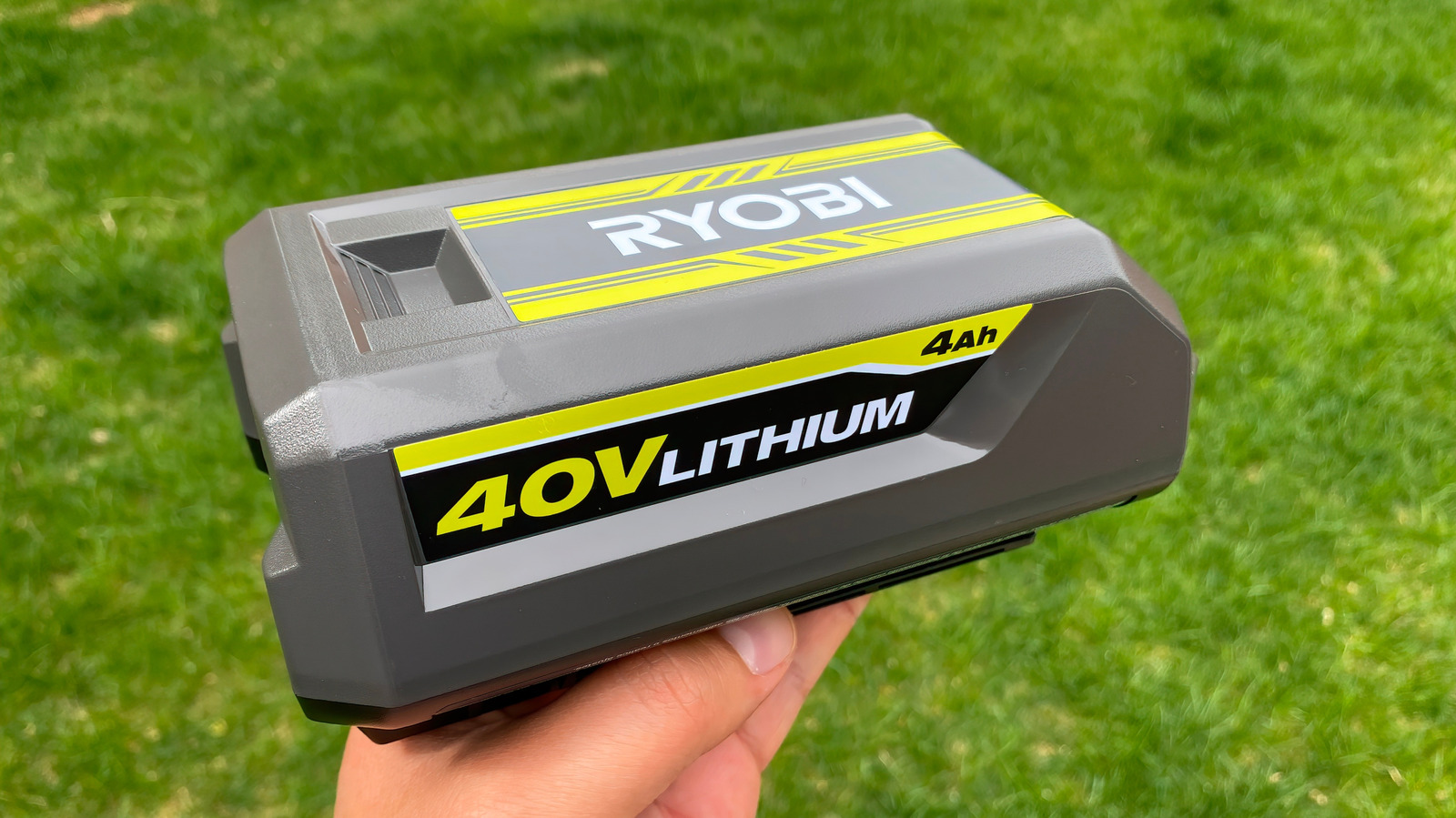Understanding `field` in C# — The Next-Level Auto-Property Backing
Understanding field in C# — The Next-Level Auto-Property Backing As C# continues to evolve toward cleaner, more expressive syntax, C# 13+ introduces the field contextual keyword — a feature that reduces boilerplate when defining auto-properties with custom accessors. If you're a .NET architect or an advanced C# developer aiming for precision and productivity, this post will guide you through: What is the field keyword? Why it matters for maintainability and clarity Examples showing traditional vs modern syntax Caveats around naming conflicts Best practices and use cases What Is the field Keyword? The field keyword is a contextual keyword in C# 13+ that refers to the compiler-synthesized backing field of an auto-implemented property. Traditional Approach: Verbose and Redundant private string _msg; public string Message { get => _msg; set => _msg = value ?? throw new ArgumentNullException(nameof(value)); } You had to explicitly declare a private field (_msg) and manually wire the getter and setter. With field: Simpler, Cleaner, and Safer public string Message { get; set => field = value ?? throw new ArgumentNullException(nameof(value)); }

Understanding field in C# — The Next-Level Auto-Property Backing
As C# continues to evolve toward cleaner, more expressive syntax, C# 13+ introduces the field contextual keyword — a feature that reduces boilerplate when defining auto-properties with custom accessors.
If you're a .NET architect or an advanced C# developer aiming for precision and productivity, this post will guide you through:
- What is the
fieldkeyword? - Why it matters for maintainability and clarity
- Examples showing traditional vs modern syntax
- Caveats around naming conflicts
- Best practices and use cases
What Is the field Keyword?
The field keyword is a contextual keyword in C# 13+ that refers to the compiler-synthesized backing field of an auto-implemented property.
Traditional Approach: Verbose and Redundant
private string _msg;
public string Message
{
get => _msg;
set => _msg = value ?? throw new ArgumentNullException(nameof(value));
}
You had to explicitly declare a private field (_msg) and manually wire the getter and setter.
With field: Simpler, Cleaner, and Safer
public string Message
{
get;
set => field = value ?? throw new ArgumentNullException(nameof(value));
}








































































































































































![[The AI Show Episode 146]: Rise of “AI-First” Companies, AI Job Disruption, GPT-4o Update Gets Rolled Back, How Big Consulting Firms Use AI, and Meta AI App](https://www.marketingaiinstitute.com/hubfs/ep%20146%20cover.png)









































































































































































































































































































































































![Honor 400 series officially launching on May 22 as design is revealed [Video]](https://i0.wp.com/9to5google.com/wp-content/uploads/sites/4/2025/05/honor-400-series-announcement-1.png?resize=1200%2C628&quality=82&strip=all&ssl=1)














![Beats Studio Pro Wireless Headphones Now Just $169.95 - Save 51%! [Deal]](https://www.iclarified.com/images/news/97258/97258/97258-640.jpg)








































































































